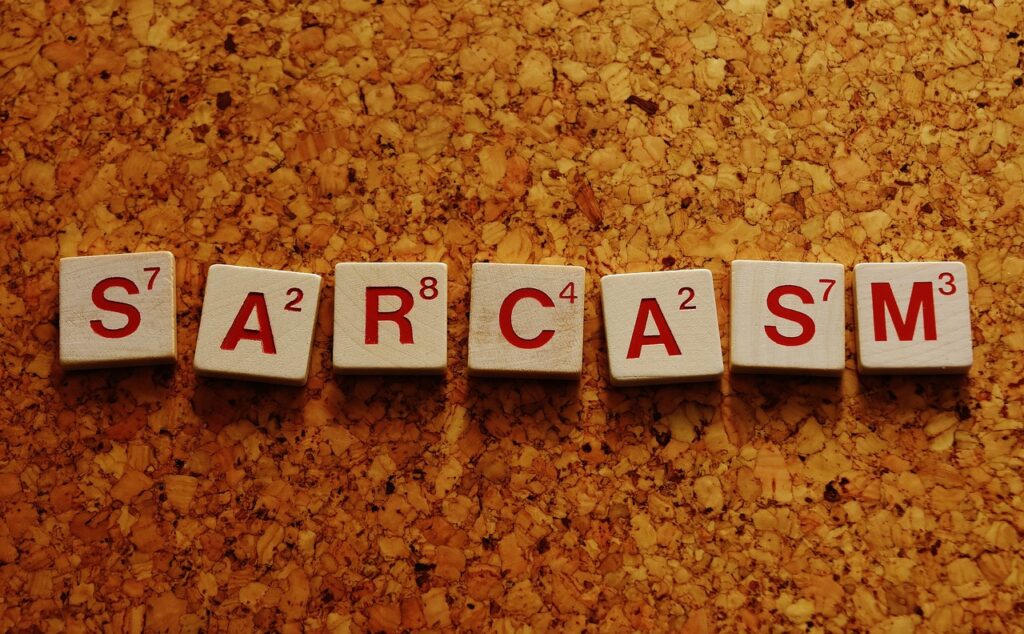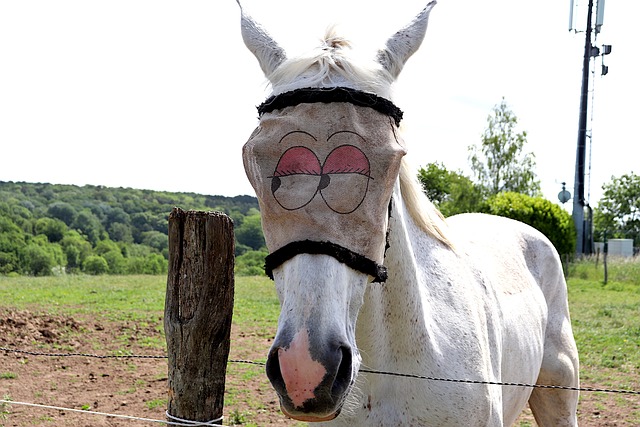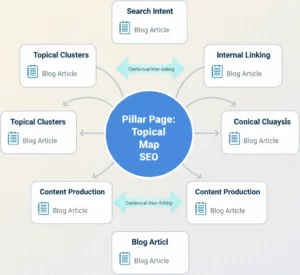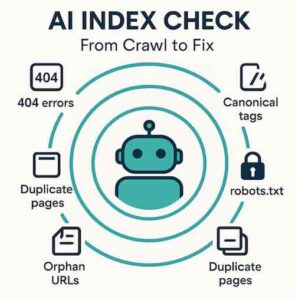
Humor and satire are fascinating forms of expression, highlighting the nuances of language and human communication. Yet, despite technological advances, AI Writers struggle to grasp them. How do these SEO tools from Google fail to integrate sarcasm and innuendos? Let’s explore why AI Writers often miss the mark in these categories.
Table of Contents
ToggleWhy do humor and satire pose challenges for AI Writers?
Humor is a comedic act that relies on the connection between the sender and the recipient. When you add satire, a discourse that often draws on values to criticize with sharp mockery, the situation becomes more complex. AI Writers, although endowed with a certain form of intelligence, struggle to understand the relationship between these elements and their final recipient.
Exploring the limits of AI Writers in understanding context
Context is fundamental in humorous and satirical communication. Unfortunately, AI Writers face difficulties in grasping the full framework in which these forms of discourse operate. They process information literally, without considering the complexity of emotional and cognitive domains that influence how humans perceive humor.
In summary, AI Writers struggle to correctly interpret humor and satire, mainly due to their inability to fully grasp the context and the subtlety of human relationships.

Understanding humor and satire
The complex nature of humor
Humor is a rich and diverse universe, including humorous facts, sarcasm, and wordplay. It often arises from a paradox or an unexpected situation, overturning the recipient’s expectations. However, for an AI Writer, capturing this complex nature encounters the difficulty of analyzing the subtle relationship between elements such as sarcasm and their often hidden meaning.
The role of satire in communication
In communication, satire is a powerful humor discourse that, like a sharp judgment, highlights the flaws of an issue or a person. Satire authors use discourse to deliver criticism under the guise of humor. It’s an act that requires an advanced understanding of the situation and the recipient, a task still difficult for most AI Writers.
Section conclusion: Humor and satire are imbued with complexities that AI Writers struggle to decode due to their limitations in understanding the subtle differences in social and cultural contexts.
The challenges of humor for AI Writers
The question of norms and intellectual values
Values are at the heart of humor, especially when it comes to caricatures or playful complicity. For an AI Writer to interact correctly with such elements, it would need to understand the norms and values that underlie society. However, current machine learning models do not yet possess this extended categorization capability.

Satirical antiphrasis and realism
Satire often uses antiphrasis (saying the opposite of what is meant) to reinforce its message. It is a form of mockery that requires a deep appreciation of the discourse and the reality it intends to reflect. AI Writers still need to learn to detect and understand these forms of communication that are far from literal.
The staging mechanism of humorous discourse
For a joke or humorous discourse to be effective, it must be staged appropriately. This staging includes tone, timing, and the complicity between the humorous speaker and their audience. Combining these elements remains one of the major challenges for AI Writers.
In conclusion, AI Writers still need to learn to navigate the complex waters of social norms, antiphrasis, and timing to master humor and satire.
Linguistic and semantic analysis of humor
Linguistic processes in humor and satire
Humor turns out to be a domain rich in unique linguistic processes, from wordplay to parody. Recognizing these processes and applying them correctly is essential for humorous discourse to be understood as such. This requires AI Writers to conduct advanced linguistic and semantic analysis, currently beyond their reach.
The enunciative and semantic play in humorous creation
Enunciative play, through which a speaker can imply the opposite of what is said, is a pillar of humor and satire. Semantics also plays a role in humorous creation, exploiting double or hidden meanings. This raises complex questions that AI Writers have yet to master.
Section conclusion: Capturing the linguistic and semantic subtleties of humor is a distant horizon for AI Writers, who must be programmed to recognize and respond to a broader spectrum of nuances in discourse.
The interaction of AI Writers with humor and satire
The categories of humorous discourse
Humorous discourse can be classified into several categories, from sarcasm to criticism to playful complicity. Correctly understanding and using these categories by AI Writers is essential for effective communication. Unfortunately, current categorization remains too rudimentary to grasp the nuances.
Limits of AI Writers in interpreting satire
Satire often relies on exaggeration and reversing expectations to create a humorous effect, a difference that AI Writers struggle to discern. Without a deep understanding of contexts and cultural references, they often misinterpret satire.
Section conclusion: The challenges of interpreting categories of humorous discourse and satire reflect the current limitations of AI Writers in managing the inherent complexities of humor.
Effects and reception of humor through AI Writers
Playful, critical, cynical, derisive complicity, and jokes
The effectiveness of humor depends on the shared complicity between the speaker and the recipient, including playful, critical, cynical, or derisive aspects. The ability of AI Writers to build and maintain this complicity is still in its infancy and influences the reception of their humorous attempts.

The challenges of conveying humorous nuances
Conveying humor involves not only replicating humorous facts but also contextualizing and nuancing the discourse. This requires a fine understanding of judgment and the relationship between the speaker and their audience, areas where AI Writers are far from experts.
Section conclusion: The reception of humor generated by AI Writers is impacted by their difficulty in establishing complicity and conveying nuances, thus limiting their effectiveness in the humorous act.
Strategies to improve AI Writers’ understanding of humor
Improving machine learning for subtle understandings
To gain effectiveness, AI Writers must evolve through more sophisticated machine learning methods. A better understanding of the subtleties of human communication could be achieved by integrating new dictionaries and definitions dedicated to humor and satire.

Integrating new methodologies into AI Writers development
The future development of AI Writers can benefit from the integration of innovative methodologies. These improvements would allow a better understanding of humorous processes and greater sensitivity to the dynamics of satirical communication.
In summary, adopting advanced machine learning strategies and integrating new methodological approaches is essential for AI Writers to one day master the art of humor and satire.

In summary, humor and satire represent a significant challenge for AI Writers technology. The current inability to properly handle the complexity of humorous and satirical discourse is a major obstacle. However, with the development of artificial intelligence and advances in NLP techniques, we can hope to see AI Writers capable of accurately understanding wit, satire, and maybe even making us laugh. The question of their ability to master humor remains open: will they be future accomplices in our moments of derision or mere observers of our humorous universe?

Eric Ibanez
News Writer & Founder Hack The SEO
An expert in SEO since the launch of his e-commerce dedicated SaaS in 2016, Eric quickly grasped the significance of optimization for search...
Suggested Articles




